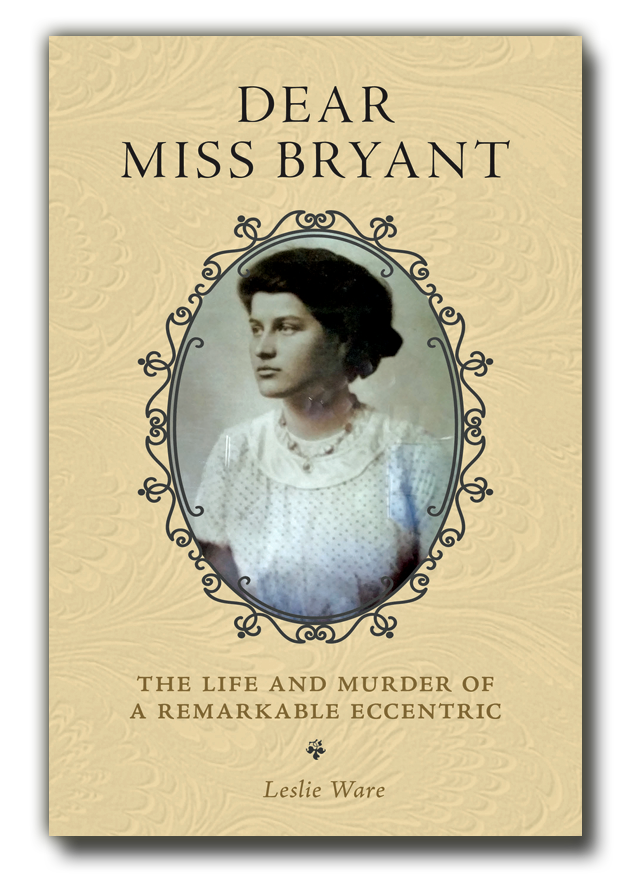 My wife Leslie’s new book, Dear Miss Bryant, is a true-crime account about the unsolved murder of her remarkable great aunt Julia Bryant in 1967, seamlessly fused to a family memoir in the vein of John Sedgwick’s In My Blood and George Howe Colt’s The Big House. I am biased, of course; still, I think it’s an exceptional tale written with style.
My wife Leslie’s new book, Dear Miss Bryant, is a true-crime account about the unsolved murder of her remarkable great aunt Julia Bryant in 1967, seamlessly fused to a family memoir in the vein of John Sedgwick’s In My Blood and George Howe Colt’s The Big House. I am biased, of course; still, I think it’s an exceptional tale written with style.
Below, I surrender my spousal role and assume the persona of an interviewer.
Phil: When did you hear about your great aunt’s murder and how did you react?
Leslie: I heard about my Great-Aunt Julia’s murder shortly after it happened, when I was 13, but at that age, I didn’t really know (and probably wasn’t told) the horrific nature of the killing.
P: Nearly 50 years later, you decided to look into the crime and, possibly, to write a book about it. Why?
L: Not many families have a relative who was murdered and whose murder remained unsolved for 50 years. The idea of looking into it had percolated in my mind for a long time, and when I retired I finally had the time to act.
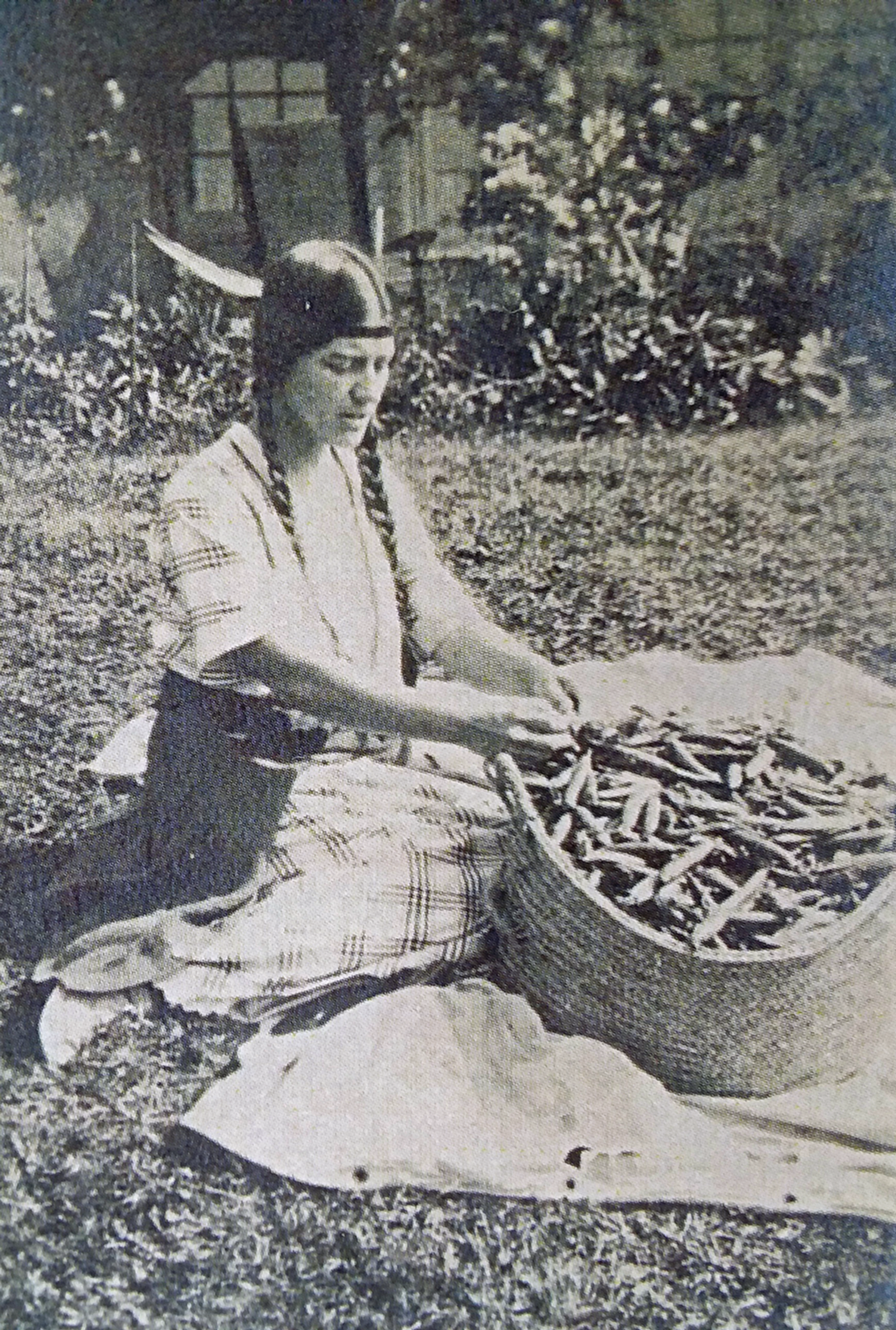
Julia Bryant shelling peas at the family’s summer house. She was a free spirit, wearing braids and a headband long before hippies came on the scene.
P: Much of Dear Miss Bryant is family history. How does that fit in with what happened to her?
L: I wanted to show that this unusual woman came from an unusual family. And themes about the whole family emerged as I thought about Julia and her murder. I had an awful lot of ancestors whose good deeds were “rewarded” with punishment or even death.
P: Her accused killer was acquitted. Did you start with the hope of finding the murderer?
L: I did. I guess I’d seen lots of crime shows in which ancient DNA was used to find a killer. Now, I realize that’s pretty tough.
P: What surprised you most during your lengthy investigation?
L: Three things: that evidence in a murder case can simply be thrown out even if the case isn’t solved; that people in Durham, Connecticut, were still remembering Julia 50 years after her death; and that my last-ditch, offhand attempt to contact a new police commissioner led to a release of 350 pages of records I’d been told for years didn’t exist.
P: What were the greatest difficulties you encountered in your investigation and in writing the book?
L: A huge difficulty was getting an answer as to why evidence from a murder trial could be tossed. As it turns out, that happens in lots of cases, sometimes by mistake and sometimes intentionally. The writing itself was easier.
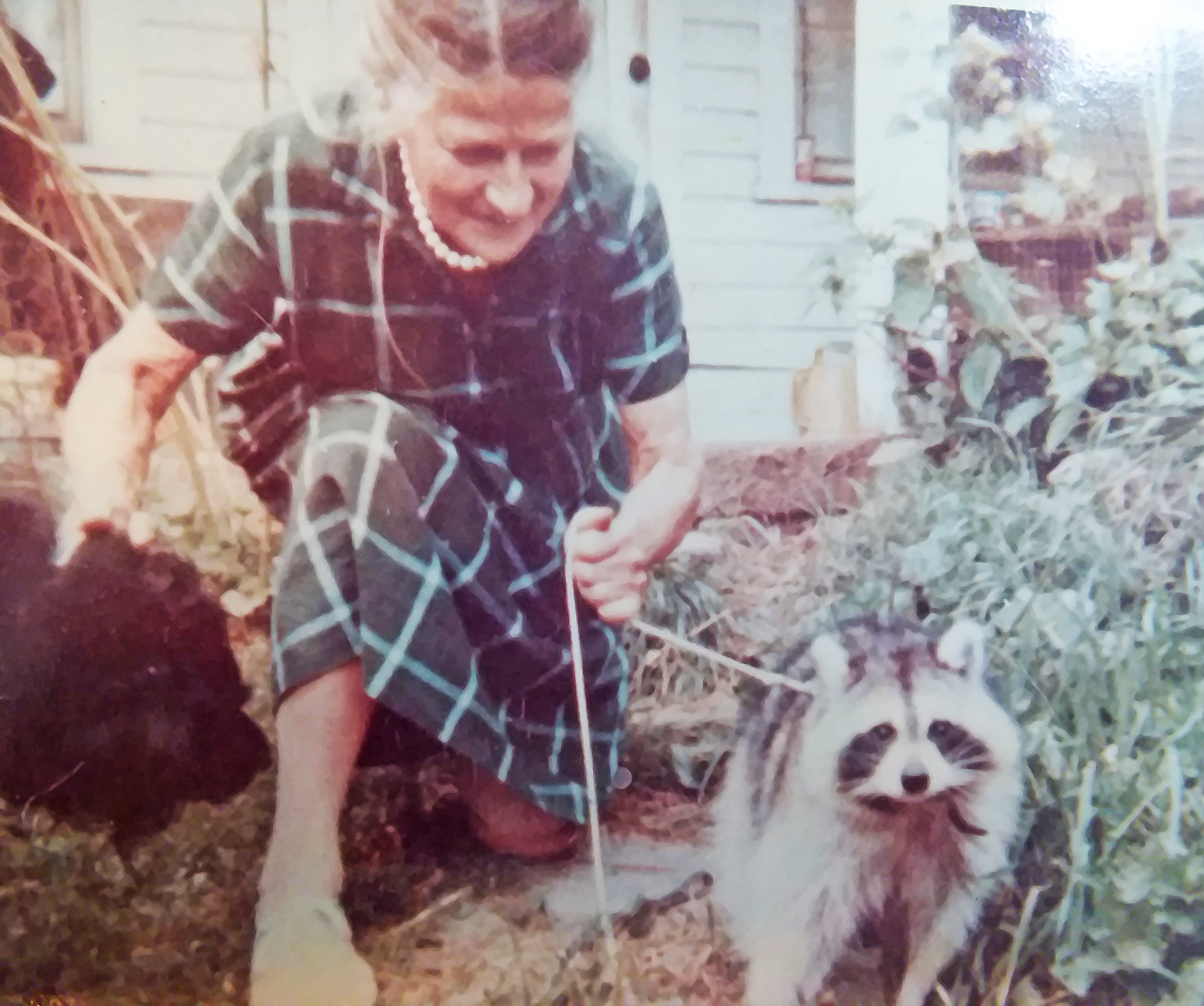
In later years, Julia Bryant adopted a menagerie of animals, including dogs, goats, a duck, a kinkajou, and this raccoon.
P: You have a droll sense of humor that manifests itself in the book, particularly in the parts that deal with your family’s long, quirky history. Does this wit come naturally, or do you strive for it when writing?
L: I love wordplay and tried hard to make each page of the book at least interesting. If I could crack myself up when writing about those odd family traits, I was pleased.
P: Now that the book is done, how do you feel? I’m often elated when I finish a book, but that’s quickly followed by a letdown and the question, “Now what the hell do I do?”
L: I have a lot of hobbies and am doing some volunteer work, editing stories about the environment. That helps. I’ve now produced two books that I really wanted to write, but I haven’t felt a great need to write others.
You can read an excerpt and find out more about DEAR MISS BRYANT at this page on my site or on Amazon.

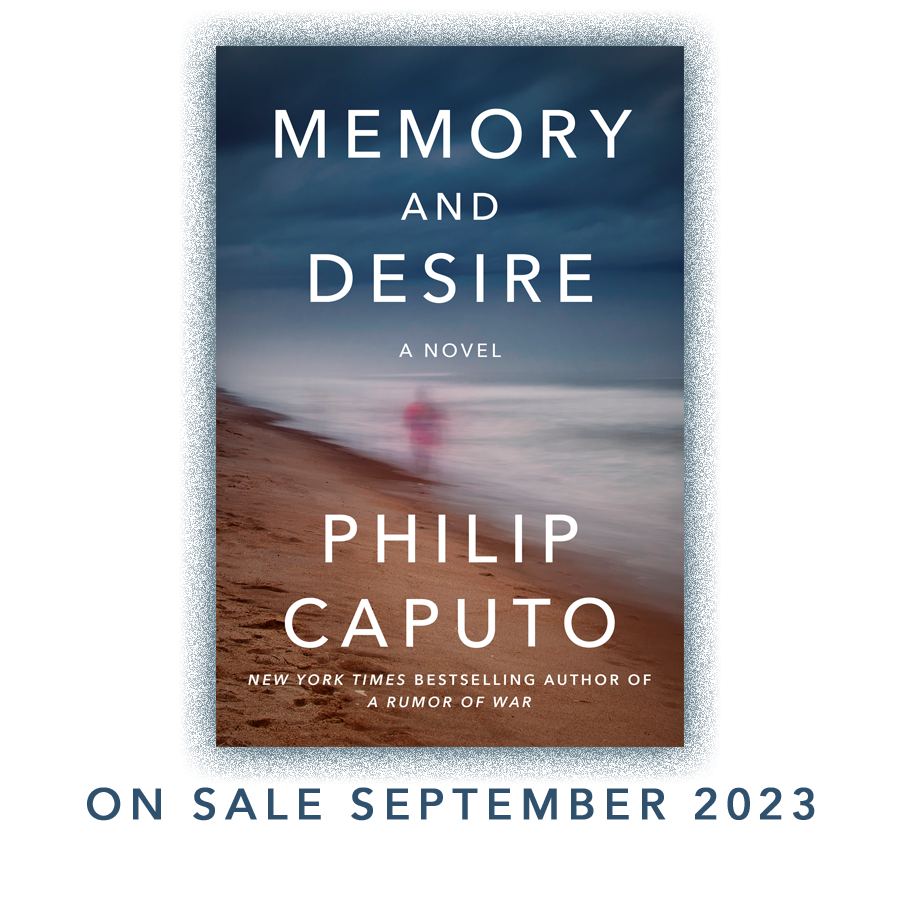
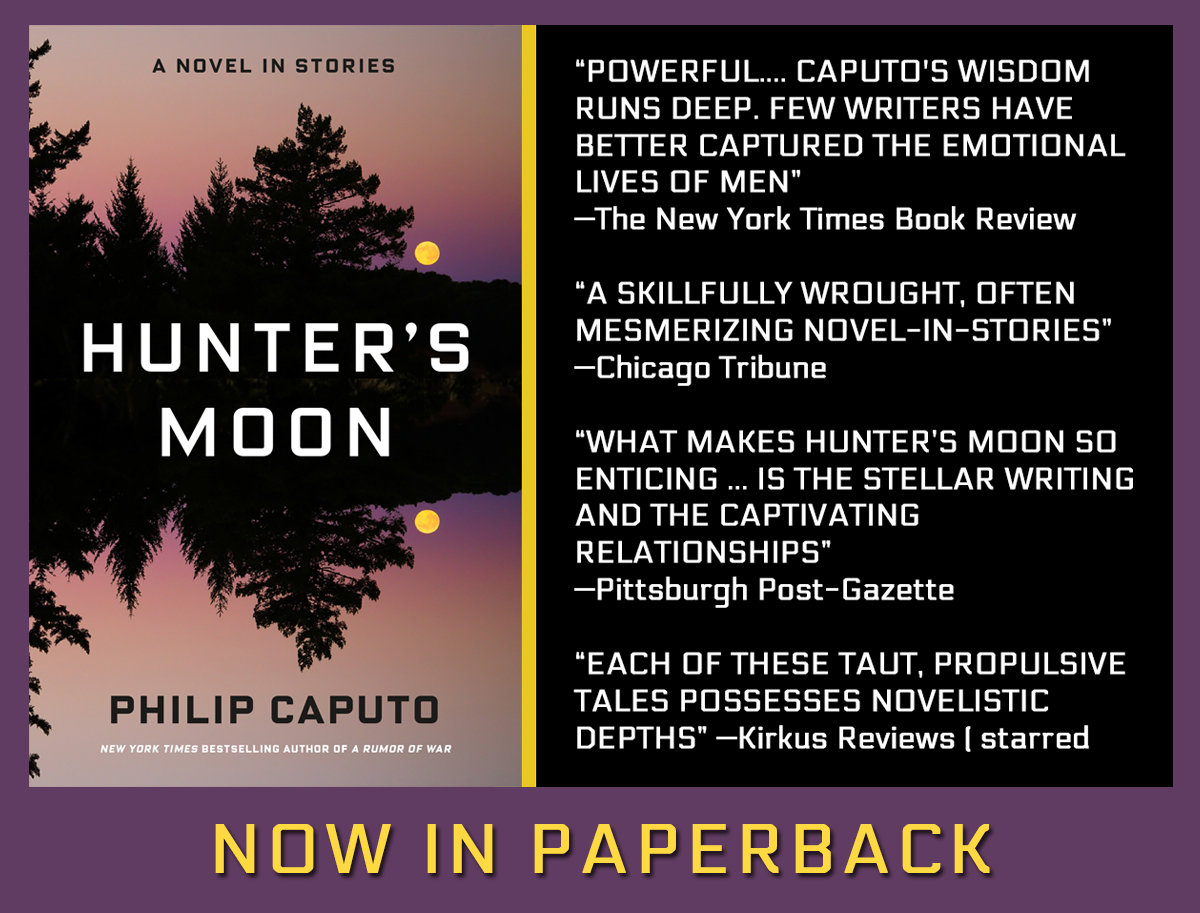
I read and reviewed Leslie’s first book and won’t miss this one. It’s in my cart right now.
Congratulations, Leslie.
Waiting for your supportive article on 2 million unvaxxed and undocumented or vetted immigrants crossing border this year from 140 + countries. The abortive pullout, leaving friends behind, leaving money and billions of state of the art equipment, negotiating with vile radical Islamists, now killing those who aided us.
Speak to the thousands of German, French, Canadian allies left behind.
Talk of renewing Iran deal when they removed contracted cameras and were found last week to have uranium in non declared sites.
Our Mexican, Canadian , NATO allies all unhappy with Joe and China and Russia luring to test our will. North Korea doing middle launches.
Refunding the corrupt WHO and denying virus came from Wuhan lab.
Fauci refusing to acknowledge that those infected have antibodies even stronger than the vaccine and demanding my 2 nurse relatives, who have antibodies, be vaxxed or fired.
Maybe you can tell us how much safer the world is with a man who is mentally incapable of the job.
And of course the irrational inflationary 3.5 trillion incomprehensible “ social infrastructure” boondoggle and payola to the in crowd that your kids will pay for.
Or maybe it’s all Trumps fault.
Just ordered; I’m intrigued
Phil, thanks for the interview. Leslie’s book is now on my nightstand, next up to read 🙂